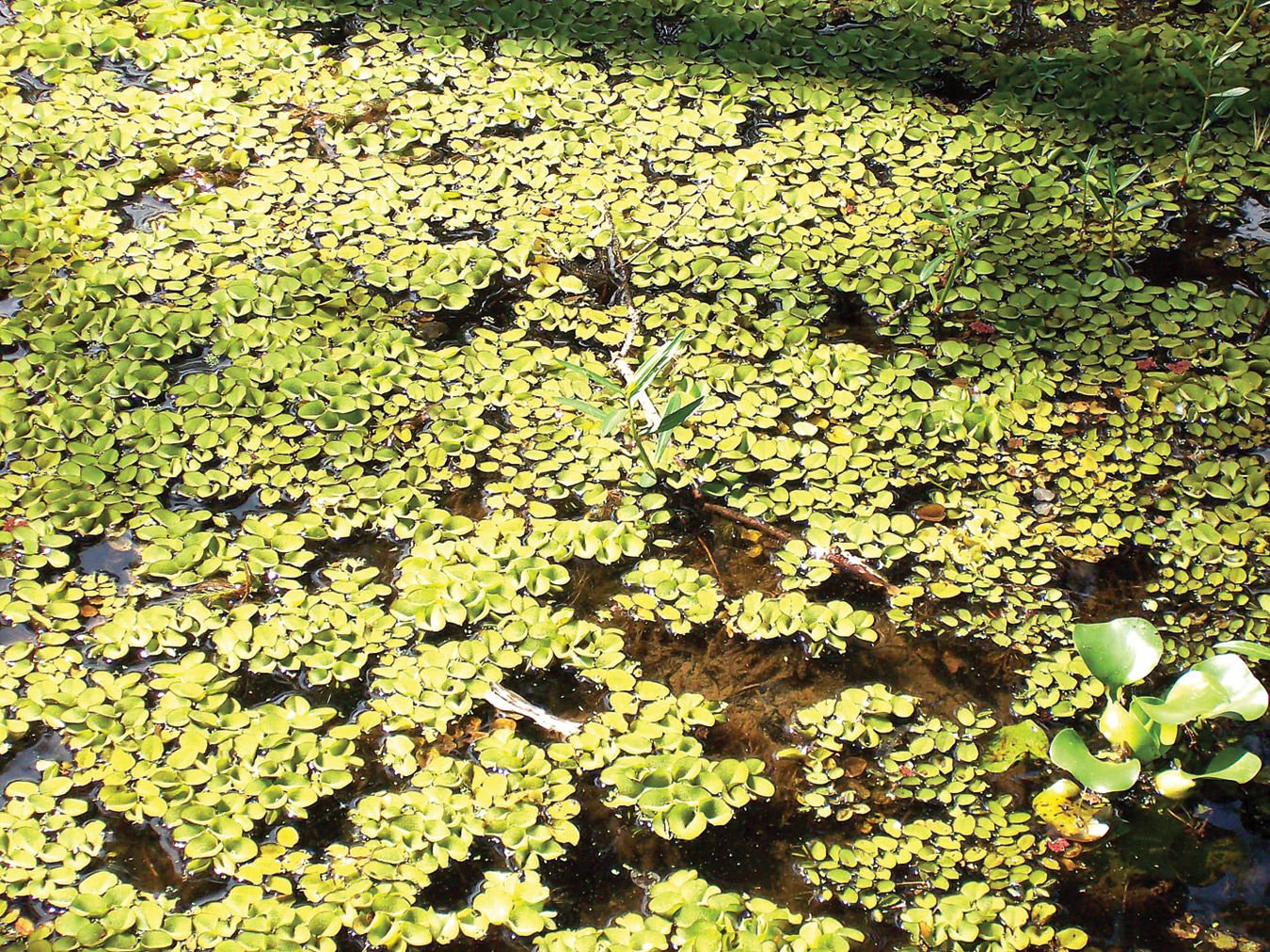

From there, it escaped or was deliberately released into the wild. The plant originated in southeast Brazil and was exported as part of the pet industry to be used in aquaria and garden ponds. molesta cannot grow in high salt concentrations the increase in salt causes a decrease in chlorophyll. Growth can be increased in high light intensities. It grows best at a pH of 6–7.7 and at a water temperature of 20–30 ☌. molesta can survive on a mud bank for a short period of time, but because of the dry conditions it cannot live there permanently. Effects of environmental conditions Įnvironmental conditions can have a large impact on this plant. The United States Geological Service believes that it could grow in zones 7a, 8, 9, and 10 of the USDA Plant Hardiness Map. It copes well with dewatering, and while it prefers to grow in moderate temperatures, it will tolerate low or very high temperatures. It does not usually grow in brackish or salty waters, but has been reported in streams with a tidal flow in southeast Texas. It prefers nutrient-rich waters such as those found in eutrophic water or those polluted by waste water. Salvinia molesta prefers to grow in slow-moving waters such as those found in lakes, ponds, billabongs (oxbows), streams, ditches, marshes, and rivers. When this plant is dried out, it is used as satisfactory mulch. molesta has been used to extract nutrients and pollutants from the water. These mats can put a halt to recreational activities on lakes and waterways. Under the best conditions plants can form a two-foot-thick mat. The primary growth form is an invading form with small flat leaves to the tertiary or mat form with large, crowded, folded leaves. There are a few different growth forms for S. This water fern is often grown as an ornamental plant but has escaped and become a noxious pest in many regions worldwide. Salvinia molesta is a complex of closely related floating ferns they can be difficult to distinguish from each other. 5 Potential use for cleaning water pollution.This implies that this species cannot be imported, cultivated, transported, commercialized, planted, or intentionally released into the environment in the whole of the European Union. In Europe, Salvinia molesta is included since 2019 in the list of Invasive Alien Species of Union concern (the Union list). It has devastated countless lakes throughout the United States, including Caddo Lake. These fronds are produced in pairs also with a third modified root-like frond that hangs in the water.

They are used to provide a waterproof covering. The fronds are 0.5–4 cm long and broad, with a bristly surface caused by the hair-like strands that join at the end to form eggbeater shapes.
#GIANT SLAVANIA FREE#
It is a free floating plant that does not attach to the soil, but instead remains buoyant on the surface of a body of water. Salvinia molesta, commonly known as giant salvinia, or as kariba weed after it infested a large portion of Lake Kariba between Zimbabwe and Zambia, is an aquatic fern, native to south-eastern Brazil.

Giant salvinia completely cover Lake Wilson in Hawaii


 0 kommentar(er)
0 kommentar(er)
